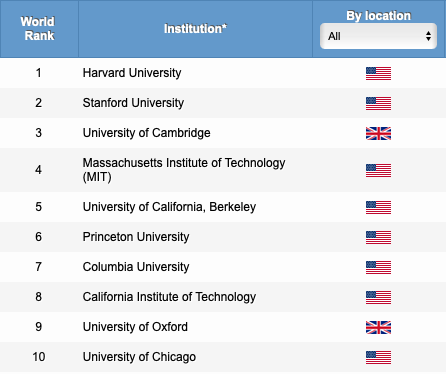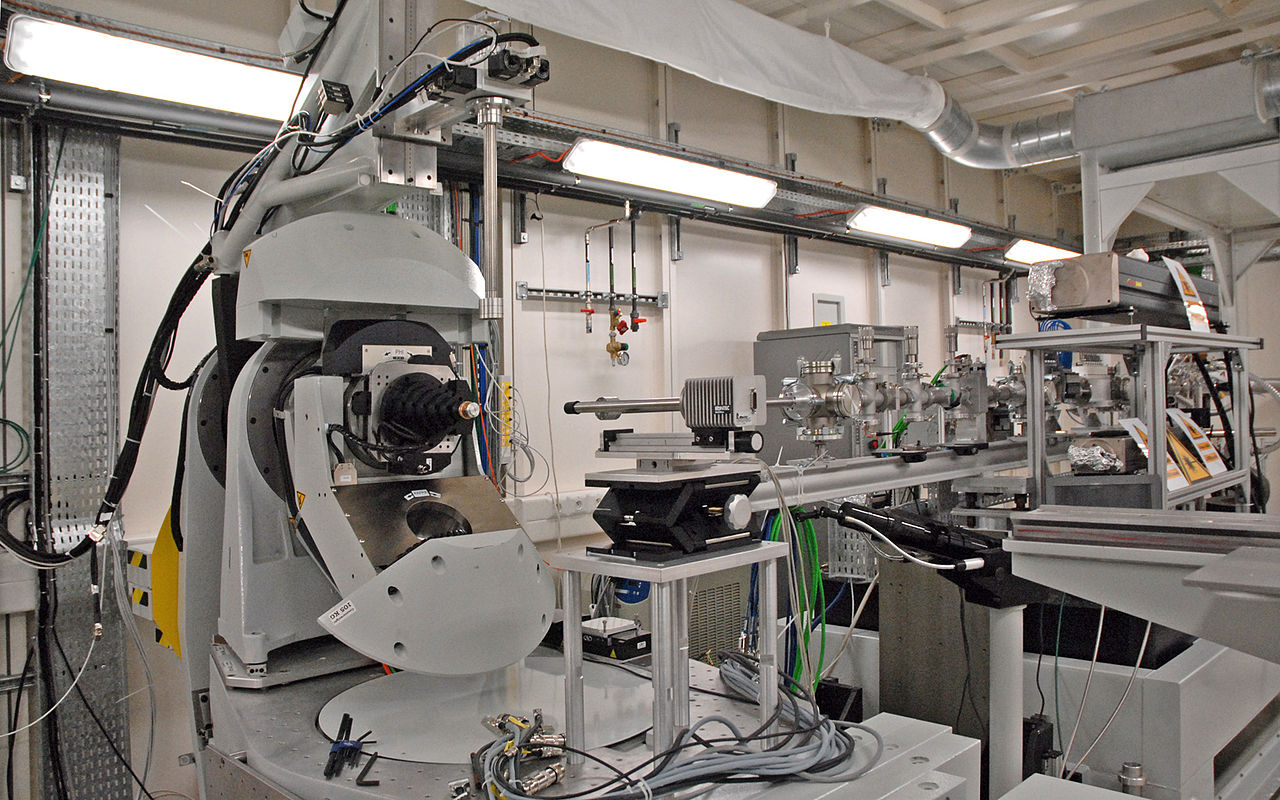French Universities Moving Up in the World
French universities fare poorly in world rankings. In 2019, for example, the country’s highest-ranked university came in at a mere #37. This was below schools in the US, UK, Switzerland, Canada, Japan, and even Denmark. Why is this? And what is France doing about it?

How schools are ranked
The best-known ranking is the Academic Ranking of World Universities, also known as the Shanghai Ranking. It considers a number of factors, including the number of Nobel laureates a university has, the number of papers it has published in prestigious scientific journals, and how many highly-cited researchers it has.
These criteria have attracted a number of criticisms. First, while a university’s primary mission is to teach, the quality of teaching isn’t considered. Second, the liberal arts are barely noticed, with most emphasis placed on the sciences and particularly the hard sciences like physics. This results in rankings based on unbalanced criteria.

Critics also note that the emphasis on quantity (number of Nobelists, number of researchers, number of published papers) disadvantages smaller universities, no matter how good they are.
In France’s case, the focus on research puts the country at a particular disadvantage. Unlike most countries, much of French research is done outside of its university system. Institutions like CNRS, INRIA, and INSERM do nearly half of French research, and none of this is credited by the Shanghai Rankings.
Shocking!
Despite these shortcomings, the rankings are closely watched. When first published in 2003, they shocked France. Its highest-ranked university was way down at #65!
Much hand-wringing ensued, and then the country started to make changes.

A major step came in 2010, when French President Sarkozy launched IDEX, the Initiative d’excellence. This encouraged schools to join together and pool their resources, and it directed additional government funds to the resulting institutions.
The leader in this effort is the new Paris-Saclay University, which combined seven different schools plus a number of research institutions, backed by new government funding of over $1 billion. Other universities have followed suit, notably in Strasbourg, Bordeaux, Lille, and Grenoble.
France improves
These efforts are starting to bear fruit.
Paris-Saclay debuted at #14 in the 2020 Shanghai Rankings, the country’s highest-ever ranking. And France had a total of five schools in that year’s Shanghai Top 100, up from only three in 2019.

French Minister of Higher Education Frédérique Vidal lauded these results, noting that Paris-Saclay is now the third-rated university in Europe, behind only Oxford and Cambridge. And she emphasized the substantial investments in research that France is making over the next decade, in order to keep the country at the forefront of science.
Will France’s changes result in better universities, better research, and better-educated students?
That remains to be seen. But international competition in education, as in industry, is changing life in France.
Have you ever experienced French universities? Share your experiences and thoughts in the comments below.
Image Credits:
1. & 4. Rankings: screenshots via Academic Ranking of World Universities website
2. Scientific instruments: Creative Commons license attribution Jean-Pierre Dalbéra
3. Sorbonne: Creative Commons license attribution François Trazzi
Further reading:
1. An article about the French education system focusing on the earlier years.






